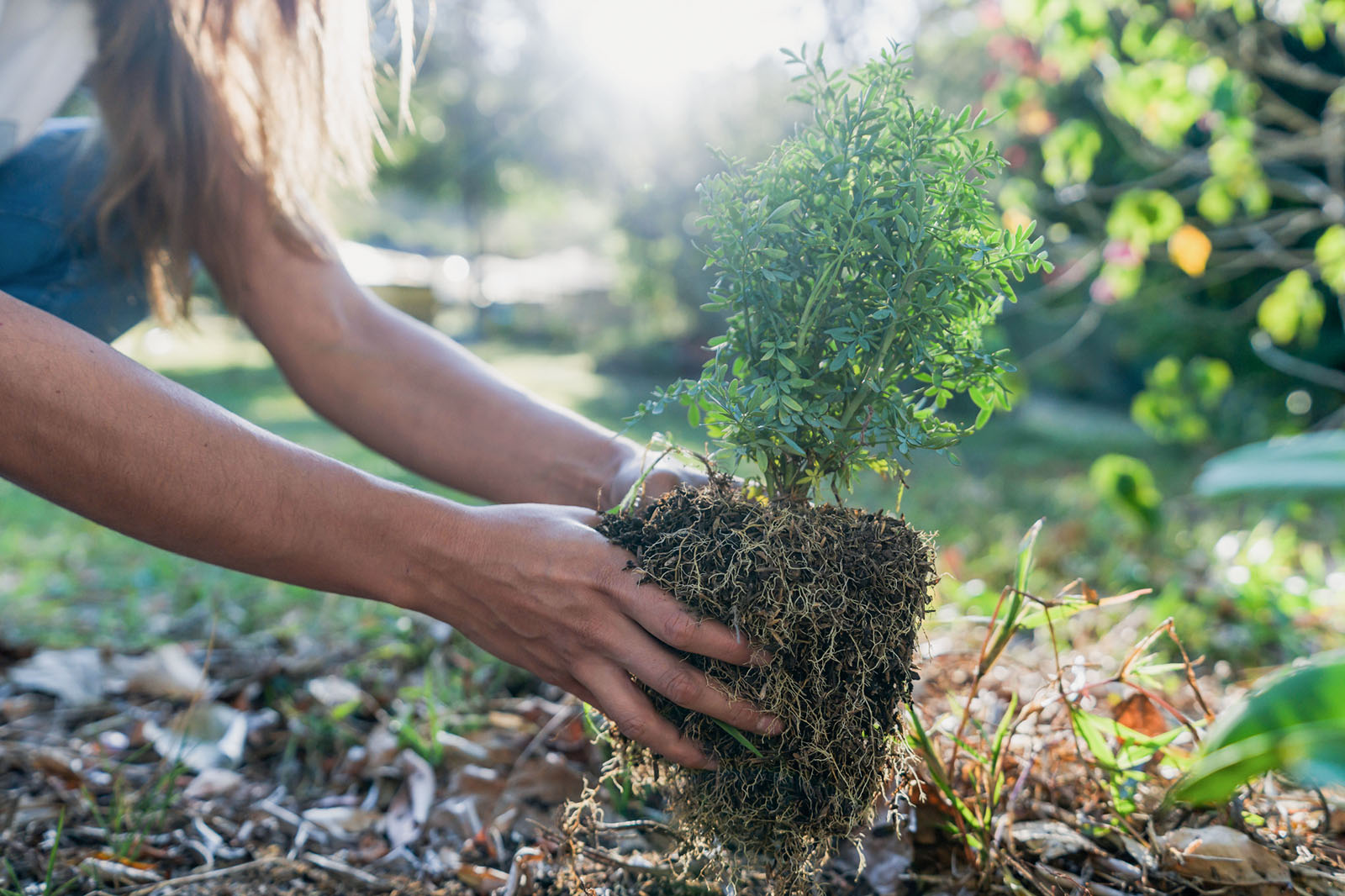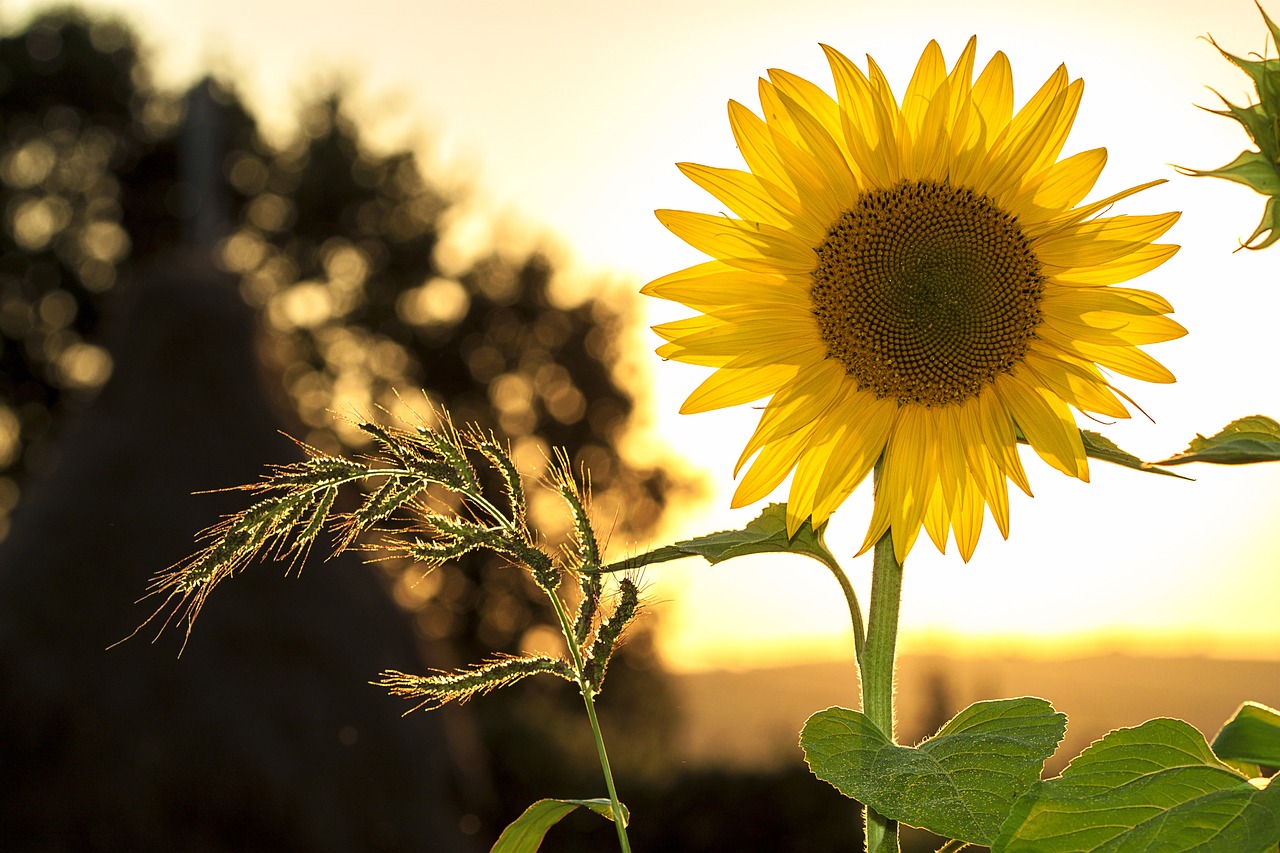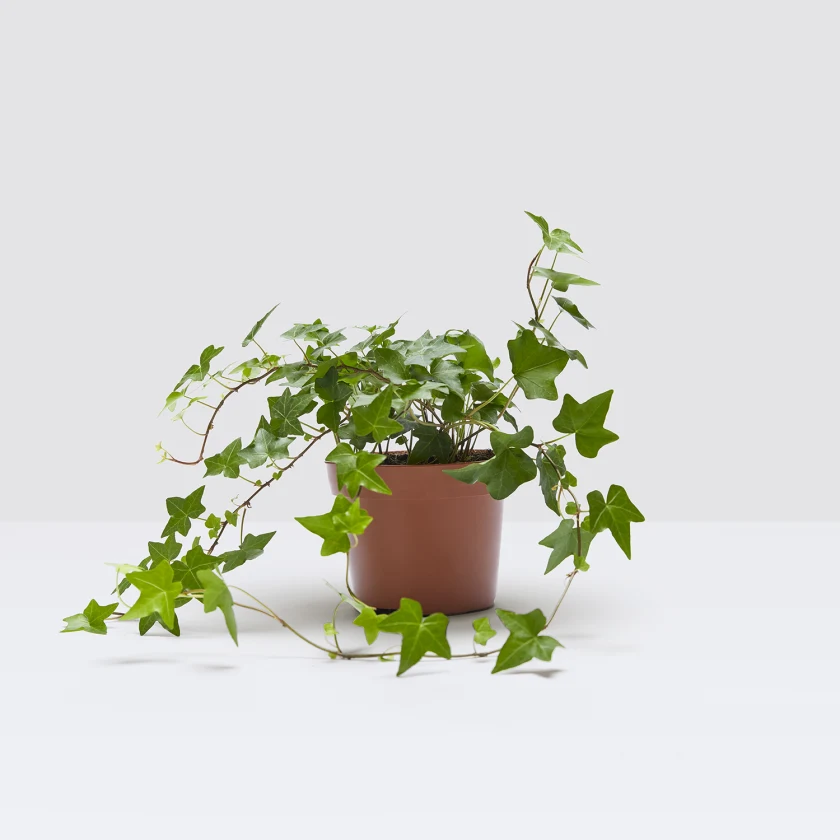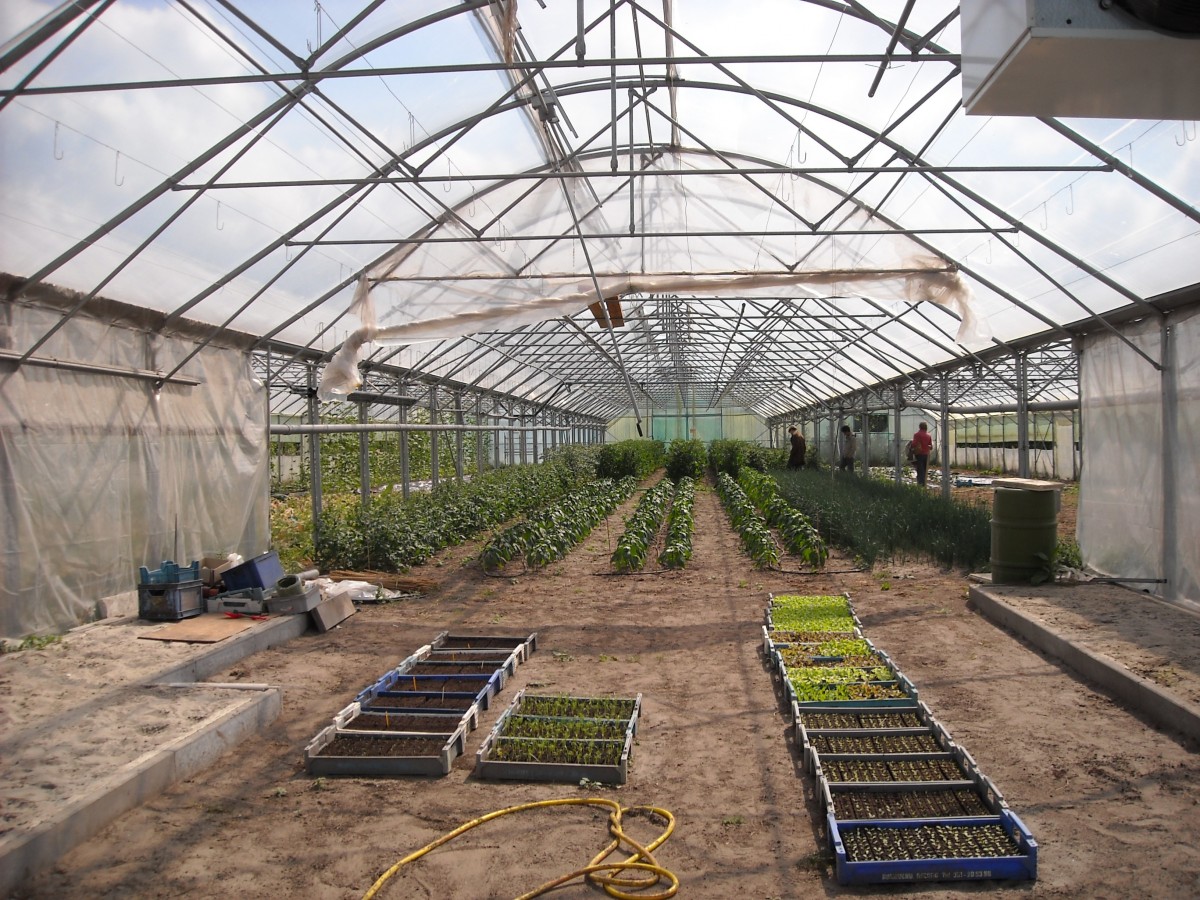Gardening is a joyful and enjoyable pastime that allows people to connect with nature while also creating attractive outside environments. However, it is not without its difficulties. Gardeners sometimes confront hurdles that might stymie their gardening efforts, such as unexpected weather and pests and illnesses. In this post, we will look at some common gardening problems and offer practical solutions and techniques for solving them.
Common Gardening Challenges
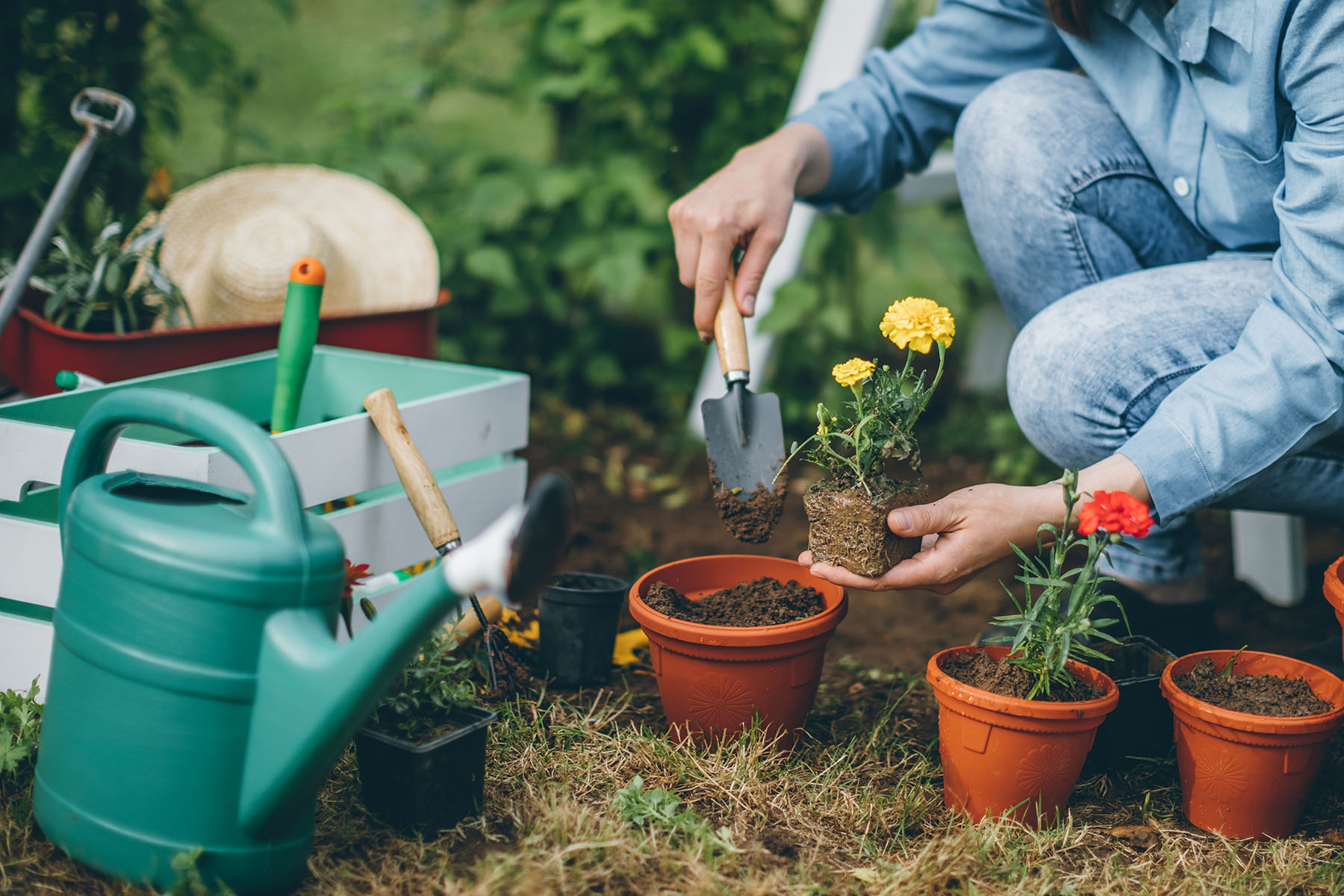 Dealing with severe weather is one of the most prevalent problems that gardeners face. Weather variations, whether extreme heat, heavy rainfall, or cold, can have a substantial influence on plant health and development. Gardeners can use a variety of ways to address this difficulty. Using shade cloth or mulch, for example, can help protect plants from blistering solar rays, whilst erecting a greenhouse or utilizing row covers can protect plants from heavy rain or cold.
Dealing with severe weather is one of the most prevalent problems that gardeners face. Weather variations, whether extreme heat, heavy rainfall, or cold, can have a substantial influence on plant health and development. Gardeners can use a variety of ways to address this difficulty. Using shade cloth or mulch, for example, can help protect plants from blistering solar rays, whilst erecting a greenhouse or utilizing row covers can protect plants from heavy rain or cold.
Soil quality is another issue that gardeners encounter. Plant development and productivity can be hampered by poor soil composition, nutritional shortages, and pH imbalance. If you want to solve this problem, you need to examine the soil’s condition and make any required changes. Compost or well-rotted manure, for example, can increase soil structure, fertility, and water retention. A soil test can also give useful information about nutrient levels and pH, allowing gardeners to make targeted modifications.
Pests and illnesses are key gardening difficulties. Insects, rodents, and plant infections can cause significant damage and even crop loss. These concerns can be mitigated by using integrated pest control (IPM) strategies. To efficiently manage pests and illnesses, this technique combines cultural, biological, and chemical management strategies. A successful IPM plan includes encouraging natural predators, adopting basic hygiene, and employing organic pesticides or fungicides when necessary.
Another issue that many gardeners confront is a lack of room, particularly those who live in cities or have limited outside space. However, inventive solutions may be done even with little area. Vertical gardening, container gardening, and using small raised beds or hanging baskets can help you make the most of your area. Additionally, choosing tiny or dwarf plant species might provide greater diversity within a confined space.
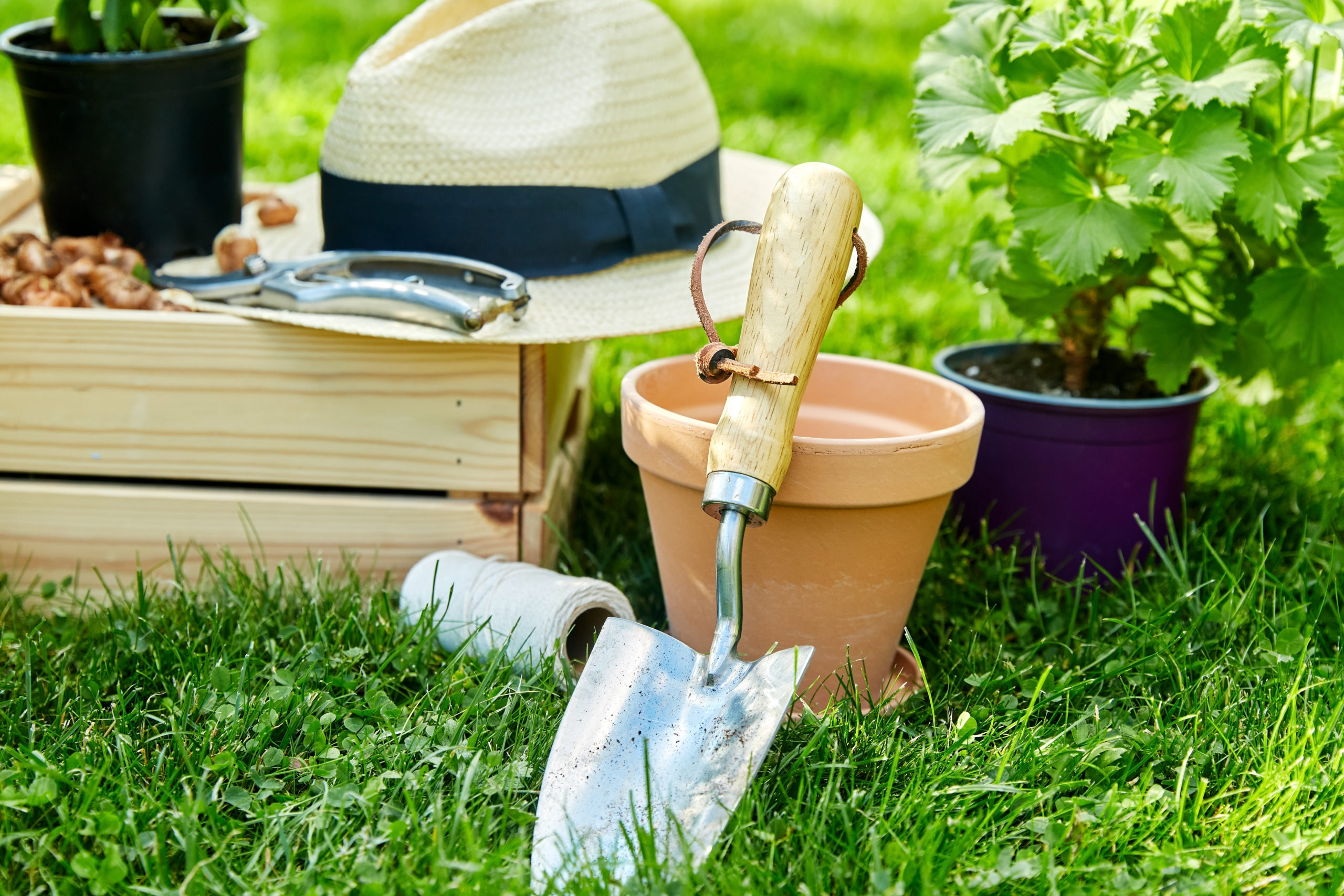
Time management is critical to gardening success. Balancing work, family, and other responsibilities might make it difficult to devote enough time to gardening duties. Gardening operations may be streamlined by planning and prioritizing chores. Breaking activities down into smaller, more manageable steps, setting realistic objectives, and adopting time-saving strategies like mulching and drip irrigation may all assist in maximizing time spent in the garden.
Water management may be difficult in gardening, especially in areas with low water resources or during droughts. Water conservation and the use of effective irrigation technologies are critical. Water waste may be reduced by collecting rainwater in barrels or building a drip irrigation system. Mulching around plants can also help to prevent soil evaporation and offer insulation to help retain moisture.
Gardening also necessitates financial planning since the expenses of plants, equipment, and materials may quickly mount up. Gardeners, on the other hand, may save money by following some simple guidelines. Planting from seeds or cuttings rather than buying existing plants can save money. Plant swaps or community gardens can also assist in minimizing expenses by allowing gardeners to share plants, equipment, and resources. Using homemade compost and natural pest control measures can also reduce the need for store-bought fertilizers and pesticides.
So, to sum up, gardening comes with several problems, but with the right ideas and techniques, these hurdles may be conquered. Gardeners may have effective and enjoyable gardening experiences by addressing weather conditions, increasing soil quality, managing pests and diseases, maximizing space use, practicing time management, applying water-saving measures, and utilizing money-saving methods. So, instead of being discouraged by the problems, embrace them as chances to develop and learn in your garden adventure. Good luck with your planting!
